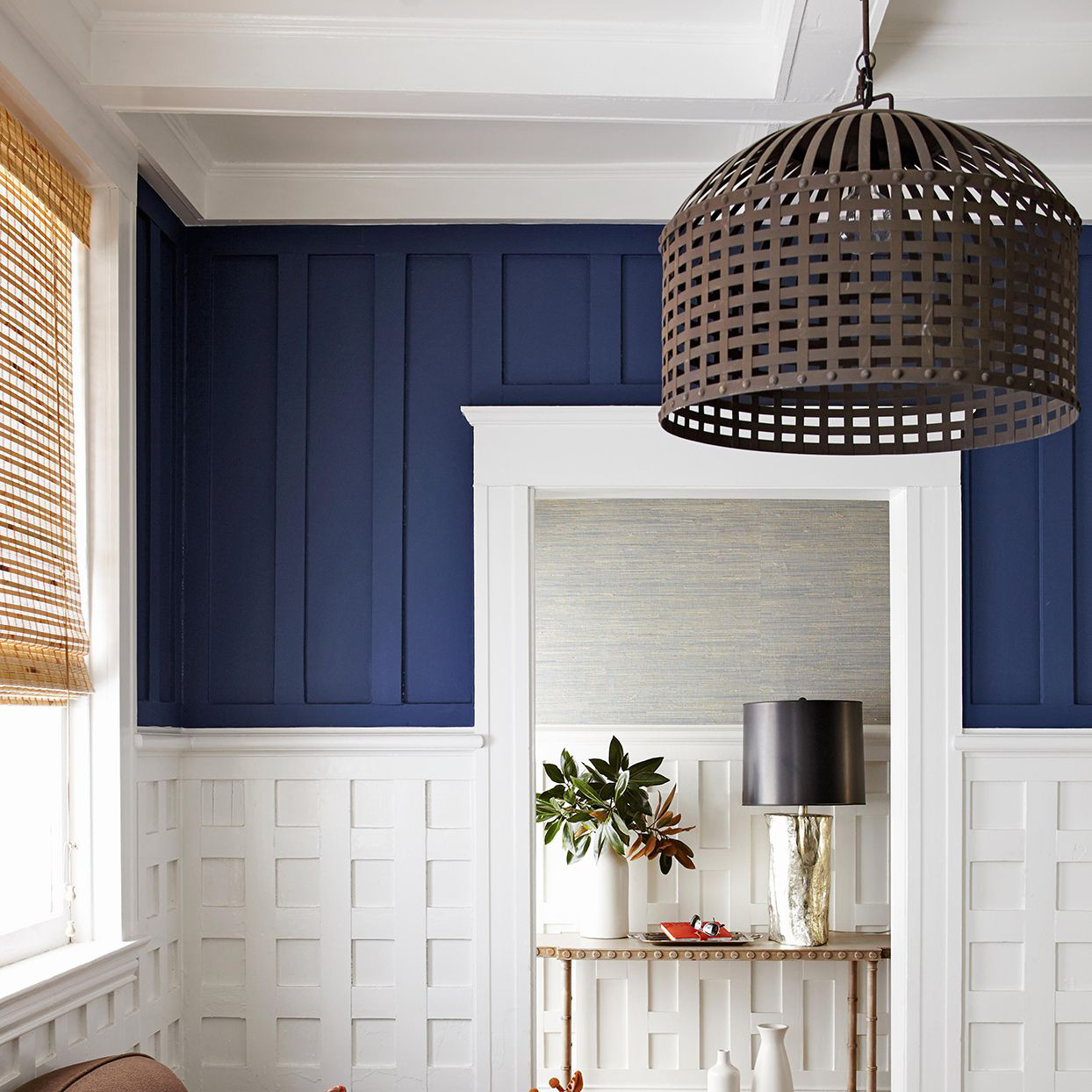
Light mid-century design, also known as “light wood” or “blonde wood” design, refers to a style from the mid-20th century that features wood furniture or accents made from light-colored wood. This design style, which emerged in the 1950s and 1960s, was characterized by clean lines, simplicity, and functionality. It has continued to influence design and architecture to this day. In this article, we will explore the beauty and impact of light mid-century design and examine how it has evolved over time.
The Origins of Light Mid-Century Design
The mid-20th century saw a shift in the way people lived their lives. World War II had ended, and people were looking for a fresh start. A new generation of designers emerged who were inspired by the modernist movement and the work of architects such as Le Corbusier and Mies van der Rohe. They aimed to create furniture and designs that were functional, simple, and elegant. This is where light mid-century design comes in.
Light mid-century design emerged in the 1950s and 1960s. It was characterized by the use of light-colored wood, often in combination with other materials such as metal and glass. The furniture and designs were simple and functional, with clean lines and minimal ornamentation. They sought to emphasize the beauty of the materials and the elegance of the design.
The Impact of Light Mid-Century Design
Light mid-century design had a significant impact on design and aesthetics. It marked a departure from the overly ornate and decorative designs of the past, and instead embraced simplicity and functionality. It inspired a new generation of designers and architects to create designs that were both beautiful and practical.
Light mid-century design was also popularized by the rise of mass production techniques, which made it more affordable for people to purchase stylish and functional furniture. This helped to make light mid-century design accessible to a wider range of people and contributed to its enduring popularity.
The Evolution of Light Mid-Century Design
Light mid-century design has evolved over time, but its core principles have remained the same. While the original designs from the 1950s and 1960s are still popular, there have been many iterations of light mid-century design over the years.
One example of this is the trend towards incorporating sustainable materials and environmentally-friendly production methods into light mid-century design. Many designers are now using reclaimed wood and other sustainable materials to create furniture and designs that not only look beautiful, but also have a positive impact on the environment.
Another trend in light mid-century design is the fusion with other design styles. Modern designers are taking the clean lines and simplicity of light mid-century design and adding other design elements to create unique and innovative designs. For example, light mid-century design has been combined with industrial design to create furniture and designs that are both stylish and functional.
Light mid-century design has had a lasting impact on design and aesthetics. Its clean lines, simplicity, and functionality continue to inspire designers and architects to this day. While the original designs from the 1950s and 1960s are still popular, light mid-century design has evolved over time to incorporate sustainable materials and other design styles. Whether you are a fan of classic light mid-century design, or a more modern interpretation, there is no denying the beauty and impact of this timeless design style.






